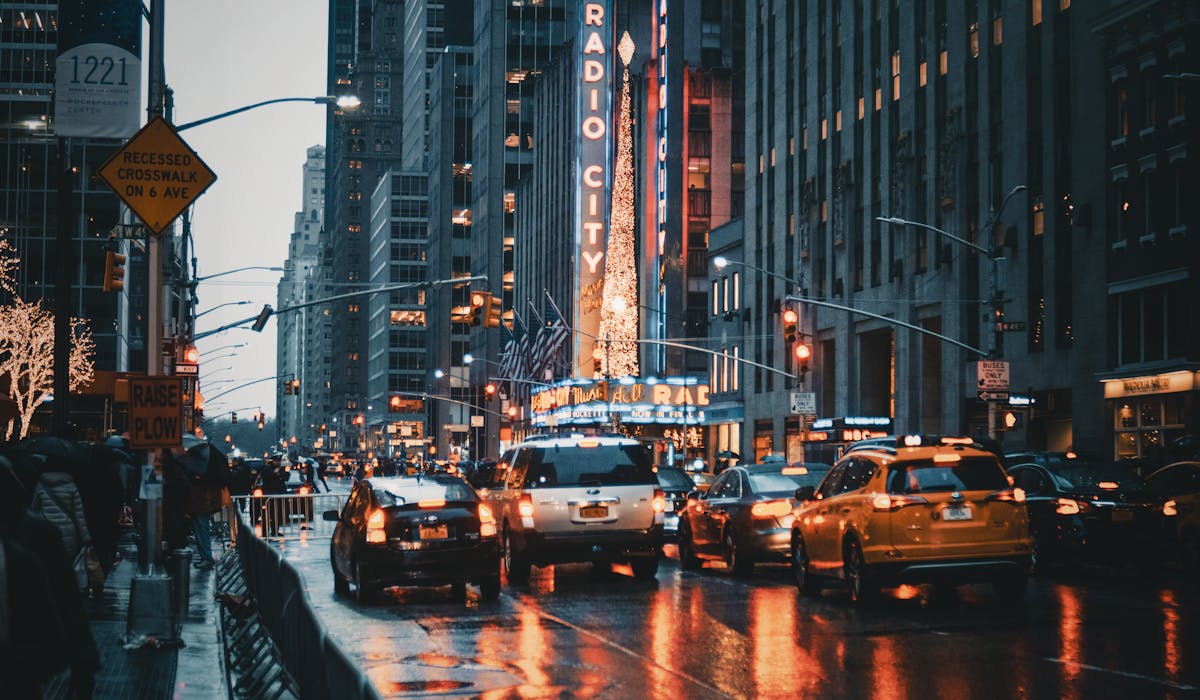Some Known Questions About Framing Streets.
Table of ContentsLittle Known Questions About Framing Streets.Top Guidelines Of Framing StreetsHow Framing Streets can Save You Time, Stress, and Money.Framing Streets for BeginnersWhat Does Framing Streets Mean?Some Known Factual Statements About Framing Streets
Photography style "Crufts Pet Show 1968" by Tony Ray-Jones Street photography (additionally in some cases called honest photography) is digital photography carried out for art or questions that includes unmediated possibility encounters and arbitrary cases within public places, typically with the goal of capturing images at a crucial or poignant minute by mindful framing and timing. 
The Buzz on Framing Streets
Susan Sontag, 1977 Road photography can concentrate on people and their actions in public. In this regard, the road professional photographer resembles social documentary photographers or photojournalists who also operate in public locations, however with the goal of capturing newsworthy occasions. Any of these digital photographers' photos might catch people and property noticeable within or from public places, which frequently involves browsing ethical issues and legislations of privacy, safety, and home.
Representations of daily public life develop a style in virtually every period of world art, beginning in the pre-historic, Sumerian, Egyptian and early Buddhist art periods. Art managing the life of the road, whether within sights of cityscapes, or as the leading theme, shows up in the West in the canon of the North Renaissance, Baroque, Rococo, of Romanticism, Realism, Impressionism and Post-Impressionism.
The Single Strategy To Use For Framing Streets
Louis Daguerre: "Boulevard du Temple" (1838 or 1839) In 1838 or 1839 the first photograph of figures in the road was videotaped by Louis-Jacques-Mand Daguerre in one of a pair of daguerreotype sights extracted from his workshop window of the Boulevard du Temple in Paris. The 2nd, made at the elevation of the day, shows an uninhabited stretch of street, while the various other was taken at concerning 8:00 am, and as Beaumont Newhall records, "The Blvd, so continuously full of a moving throng of pedestrians and carriages was flawlessly solitary, other than an individual who was having his boots combed.
Consequently his boots and legs were well defined, however he lacks body or head, because these remained in activity." Charles Ngre, waterseller Charles Ngre. https://framingstreets1.blog.ss-blog.jp/ was the first digital photographer to attain the technical class called for to sign up individuals in movement on the road in Paris in 1851. Photographer John Thomson, a Scotsman collaborating with reporter and social protestor Adolphe Smith, published Street Life in London in twelve monthly installations beginning in February 1877
Unknown Facts About Framing Streets
Eugene Atget is pertained to as a progenitor, not due to the fact that he was the initial of his kind, but as a result of the popularisation in the late 1920s of his document of Parisian roads by Berenice Abbott, who was inspired to undertake a comparable documents of New York City. [] As the city established, Atget aided to advertise Parisian roads as a worthwhile subject for digital photography.

All About Framing Streets
Martin is the very first videotaped digital photographer to do so in London with a masked video camera. Mass-Observation was a social research study go to my site organisation started in 1937 which aimed to videotape daily life in Britain and to tape the responses of the 'man-in-the-street' to King Edward VIII's abdication in 1936 to wed divorce Wallis Simpson, and the succession of George VI. Andre Kertesz.'s extensively appreciated Images la Sauvette (1952) (the English-language version was titled The Definitive Moment) promoted the concept of taking an image at what he labelled the "crucial moment"; "when kind and material, vision and structure combined into a transcendent whole" - vivian maier.
Some Ideas on Framing Streets You Need To Know
The recording machine was 'a concealed cam', a 35 mm Contax hidden below his coat, that was 'strapped to the upper body and connected to a long cable strung down the right sleeve'. His job had little modern impact as due to Evans' sensitivities regarding the creativity of his task and the personal privacy of his topics, it was not released till 1966, in the book Lots of Are Called, with an introduction written by James Agee in 1940.
Helen Levitt, after that an educator of kids, associated with Evans in 193839. She documented the temporal chalk illustrations - photography presets that belonged to youngsters's street culture in New york city at the time, as well as the youngsters who made them. In July 1939, Mo, MA's brand-new photography area consisted of Levitt's work in its inaugural exhibitRobert Frank's 1958 book,, was significant; raw and typically indistinct, Frank's photos questioned traditional digital photography of the time, "tested all the official guidelines put down by Henri Cartier-Bresson and Walker Evans" and "contradicted the wholesome pictorialism and wholehearted photojournalism of American publications like LIFE and Time".